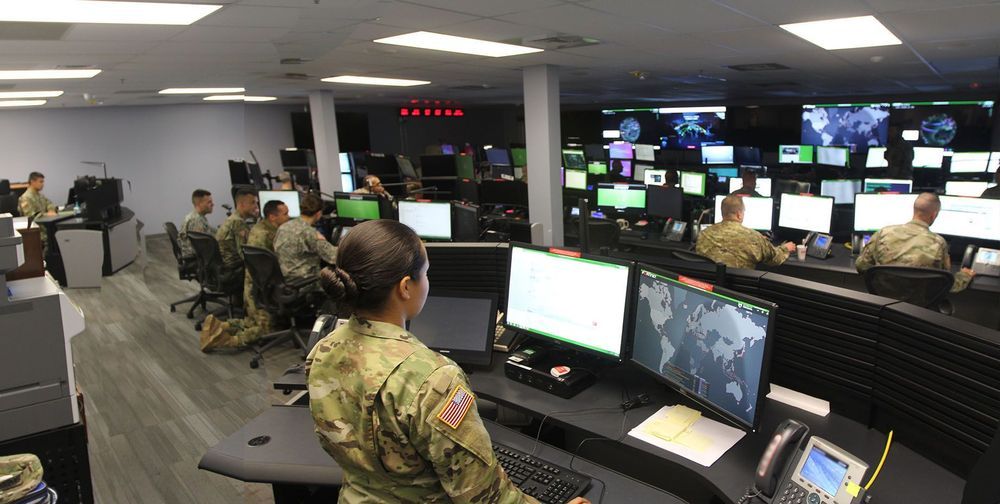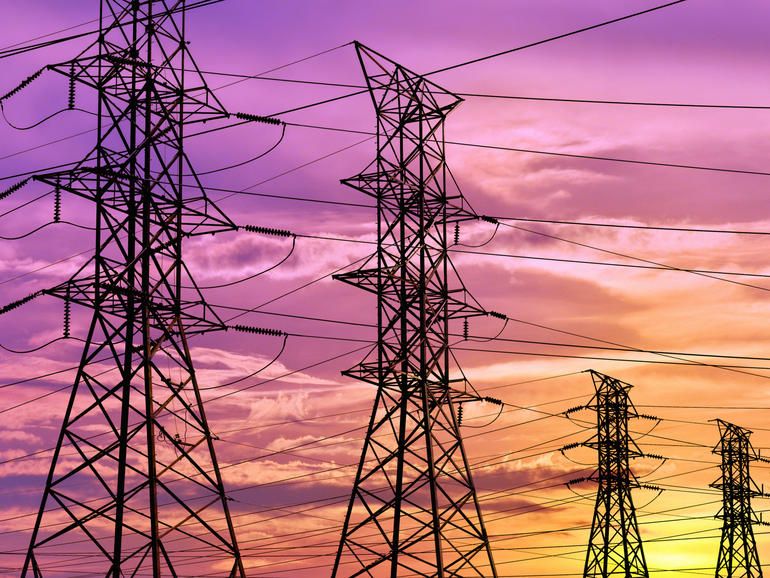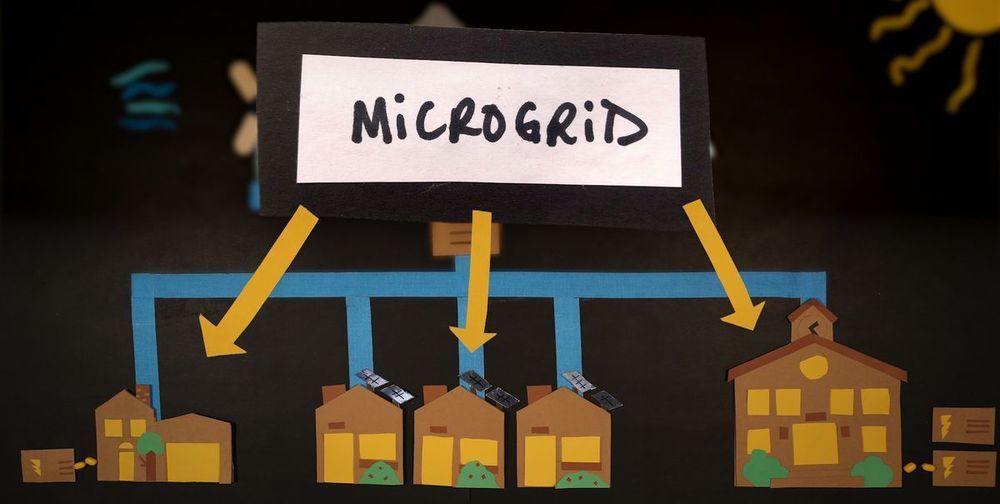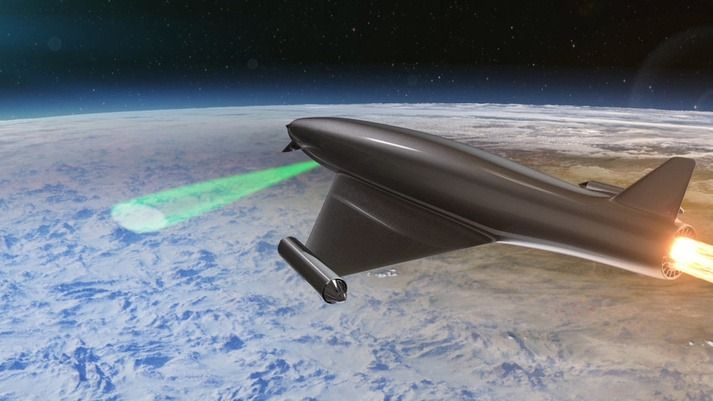
Residents of El Talento, a small town in Colombia adjacent to the city of Cúcuta, have been introduced to the GEN-M, Watergen’s medium-scale atmospheric generator that produces water out of air, October 2019. Photo: Courtesy.
JNS.org – An Israeli-made machine that creates fresh drinking water from air was named the “Energy Efficiency Product of the Year” in the 2020 Smart Home Mark of Excellence Awards at the Consumer Electronics Show (CES) in Las Vegas on Wednesday.
Presented annually during CES by the Consumer Technology Association, the Mark of Excellence Awards recognize the technology industry’s top smart-home innovations. The water-from-air appliance, named “GENNY,” was manufactured by the Rishon Letzion-based company Watergen.


















